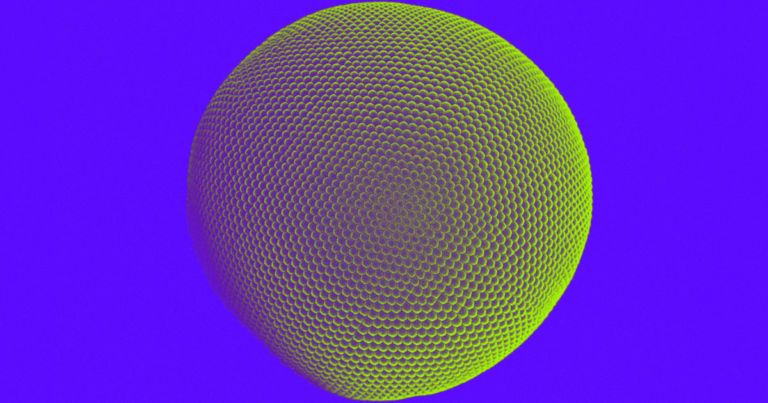May 20, 2020
Microsoft OpenAI computer is world’s 5th most powerful
Posted by Saúl Morales Rodriguéz in categories: robotics/AI, supercomputing
Microsoft announced Tuesday that it has built the fifth most powerful computer on Earth.
Packed with 285,000 processor cores and 10,000 GPUs, the supercomputer was built in collaboration with San Francisco-based artificial intelligence research organization OpenAI. Microsoft announced its partnership with OpenAI last year and contributed $1 billion to the project.
Continue reading “Microsoft OpenAI computer is world’s 5th most powerful” »


















